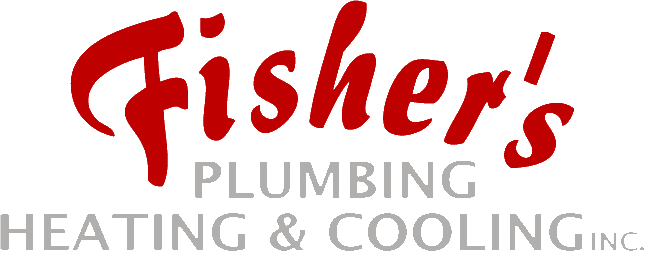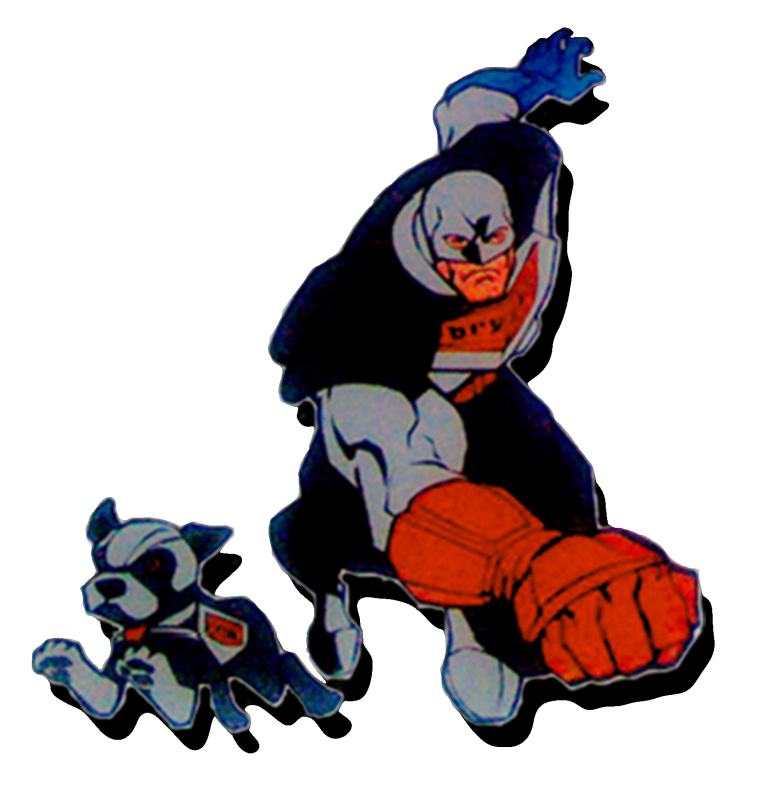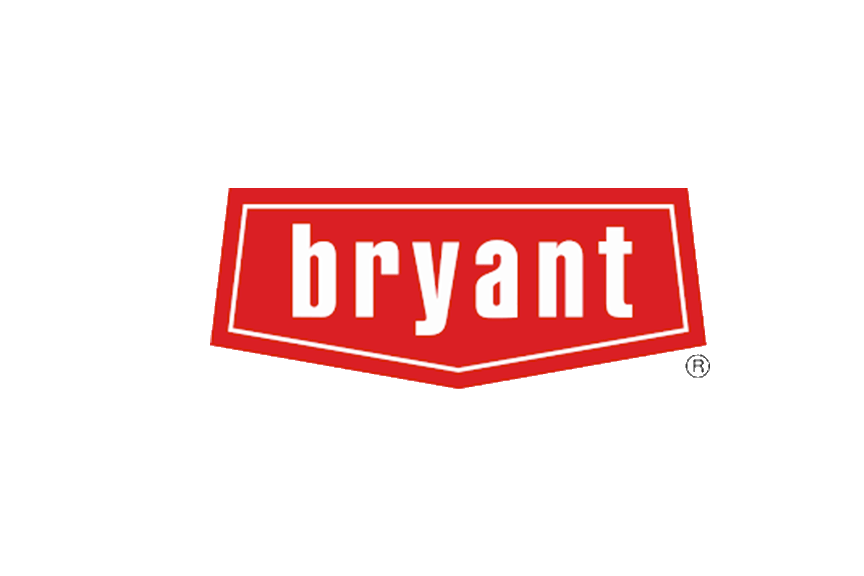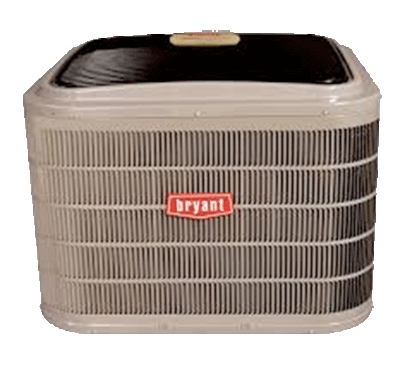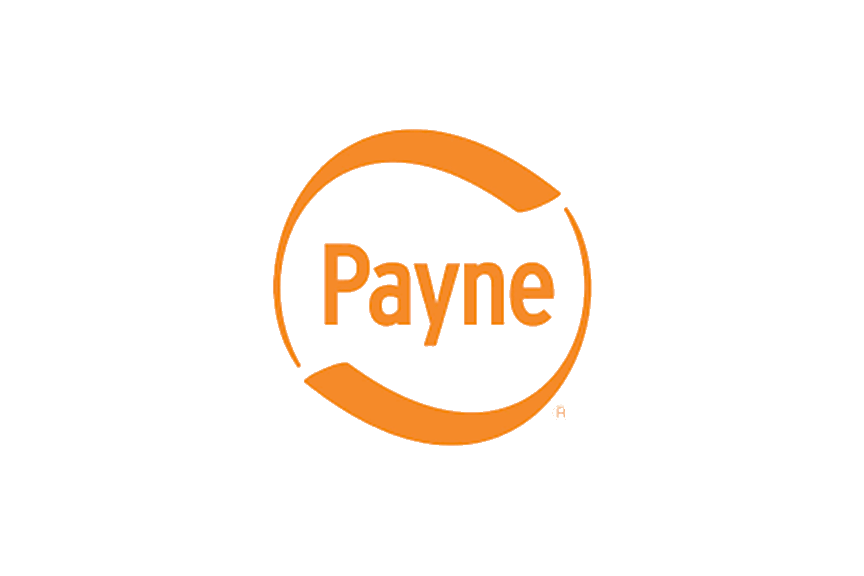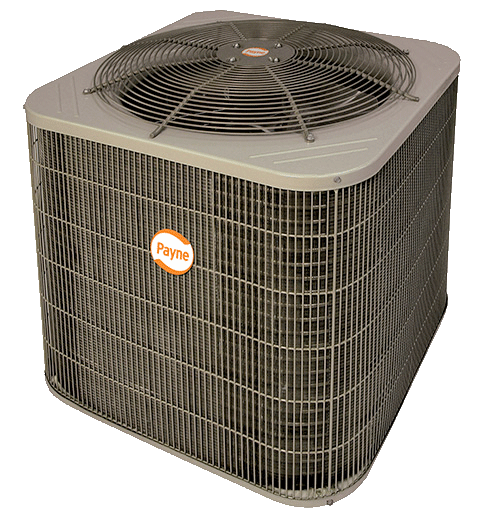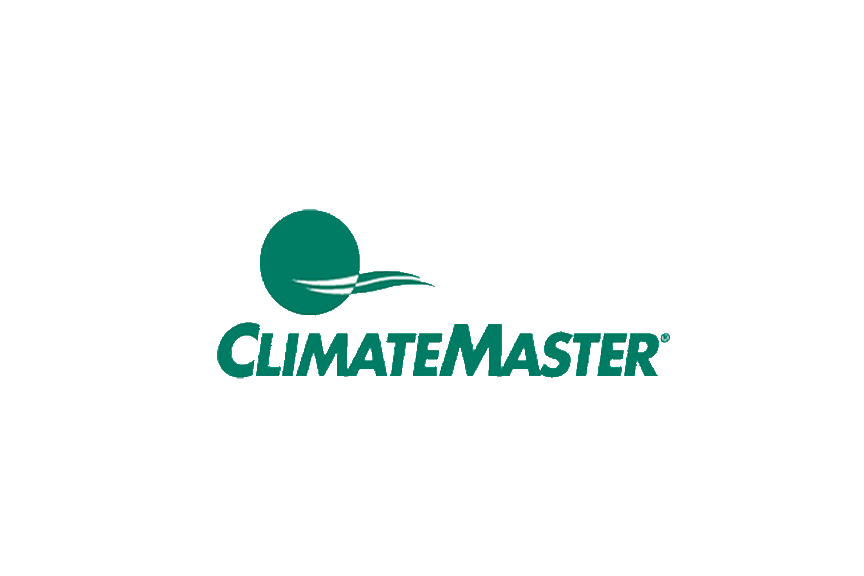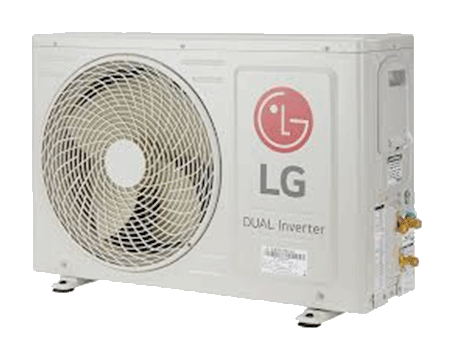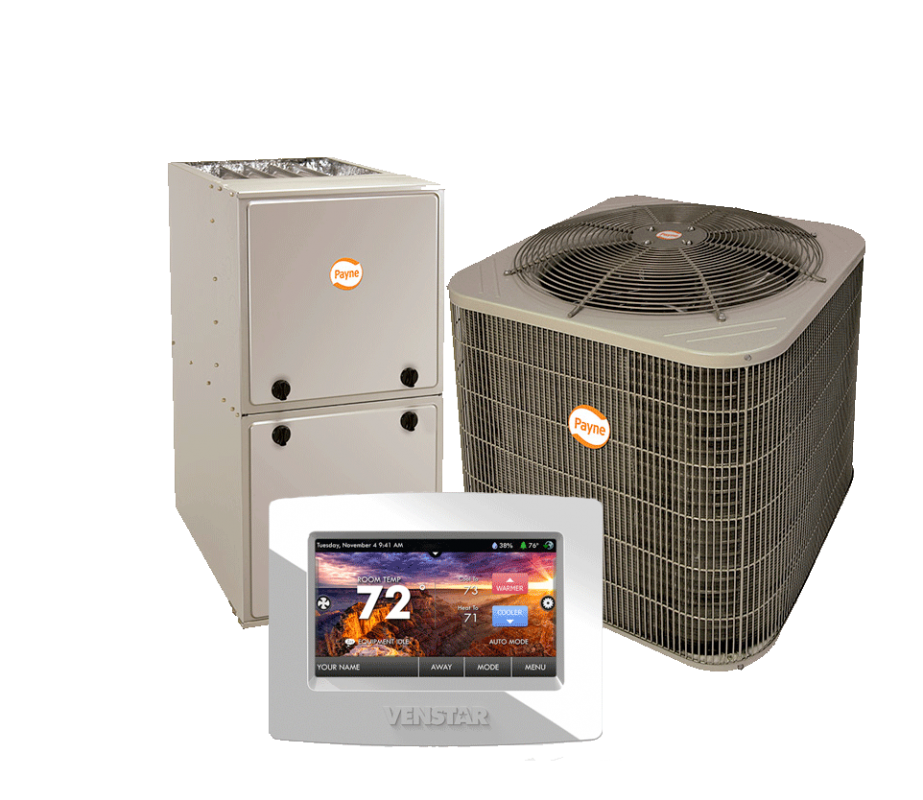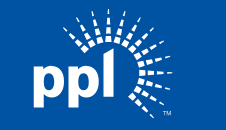Contact us
Have questions, we have answers
If you are experiencing a problem with your system, and cannot resolve it using our FAQs below, please fill out and submit a service request. Someone will contact you within 24 – 48 hours via phone or email.
Service Request Form
When you submit your service request, it will be entered into our database for tracking purposes. Periodically we will post notices regarding service requests reported by our customers in the Q&A below, and tips or workarounds. To schedule a Clean and Service please select it from the drop down box and fill in your contact information below. You can enter a date that suits you in the box below or wait for us to call you.
Please be as specific as possible when describing the problem.
Most heat pumps will run many years without a single problem, but cannot run properly unless you clean and service the unit on a yearly basis. This process involves cleaning the filter, coil and drain line. Also, we check the temperature of the refrigerant to make sure your unit is running at full efficiency. A C&S keeps your limited Bryant warranty active.
By not having this done yearly, or another company steps in, you void your unit’s warranty with us. You can also help to eliminate problems by cleaning the filter in your heat pump monthly. Whether you have Gas Hot Air, Central Air or a Heat Pump you must clean the filter regularly. Below is a list of questions and answers to help you solve most of the common problems we have found.
Q. My Thermostat does not work?
A. Check each breaker in the panel box, and make sure they are not
tripped or turned off. You can also check the indoor for a blown fuse.
Do this by taking off the top panel of the indoor. Once inside the fuse
is in the top right corner. It is orange in color and can be replaced
with a regular 5 amp car fuse from the local store. TURN POWER OFF
TO UNITS BEFORE OPENING PANEL!!!
Q. My Outdoor Unit makes a really loud noise sometimes or looks
like it is smoking?
A. During the winter the Outdoor Unit will defrost itself every 30 to 60
minutes. Steamis produced, and this cycle sounds loud, but does not run
the fan on top of the unit.It is used to melt ice and snow off the coils.
Each cycle lasts 10 minutes, and AUX HEAT will turn on until finished.
Q. My Thermostat says AUX HEAT, what is that?
A. When you see this for more than 10 minutes, it means your thermostat
is set more than 2 degrees above the temperature in your house. Avoid
turning your thermostat up and down. It will cost you more money in
electric bills, and put unneeded wear and tear on your system.
Q. My register in the floor or on the wall is blowing too much air,
what can I do?
A. In the basement each register has a damper where the flex comes out
of the ductwork. You can close this damper by turning it all the way to
the left side. This will completely close off the airflow. Simply adjust it to
your liking. Do not close off more than 2 dampers in the house at one
time
Q. Why does my meter spin when the thermostat says AUX HEAT?
A. This happens when the strip heater is drawing current to make heat.
Simply turn the thermostat back to no more than 2 degrees above the
temperature in your house. AUX HEAT comes on for backup during
severe cold weather.
Q. My thermostat says AUX HEAT but my outdoor isn’t running?
A. When this happens a short, or rub through, is usually the problem. A
service tech is required to resolve this issue.
Q. My outdoor doesn’t work, what should I do?
A. You need to call us right away. If you need heat push the mode button
on the thermostat till it says EHEAT. This will give you temporary heat till
a service tech arrives. The indoor unit and strip heat will run to keep you
warm, but not the outdoorwill remain silent.
Q. Why do my lights dim when my Heat Hump kicks on? Do I
have an electrical problem?
A. Your lights dim due to the amount of power required to start the system
up. If your system is new, this is normal and may continue to occur more
noticeably the further away you live from the main power generation facility.
You do not have a problem, and a service call is NOT required.
Q. My Outdoor Unit is covered with ice, what should I do?
A. This happens when the outdoor does not defrost itself. If the ice stays
for longer than a few hours you may have a problem, and a service tech
may need to make repairs. Call US!
Tip : If your fuse blew inside the indoor unit you can get the outdoor up and running by doing the following;
1. Turn off all the breakers to the Indoor and Outdoor Units
2. Disconnect power to the outdoor unit via the gray box mounted on your house. (Open Lid, Pull out the black disconnect)
3. After power is off, remove the 4 screws on top of the outdoor (Legacy)
Remove the 6 screws from the side access panel (Evolution)
4. Locate the wires that are laying on the copper pipes, wires may or may not be burnt looking.
5. Take a tube of silicon and push a large amount between the wires and copper pipes.
6. What you just fixed is called a “rub through”
7. Now replace the screws
8. Replace the disconnect.
9. Replace the fuse in the indoor unit
10. Turn the breakers back on
1. When the Heat Pump is on cooling, keep the fan on the “on” position to avoid electricity waste and proper air distribution throughout your house.
2. When the Heat Pump is on heating, keep the fan on the “off” position, and the fan will run only when necessary; this eliminates drafts.
3. When you clean your filter, remember to push the filter reset on the thermostat to keep the filter symbol from appearing on the screen.
4. With any AC or Heating System, make sure not to turn the temperature up in the morning when it is cold, and down after it gets warm. If you do this it will burn oil or gas, and use electricity unnecessarily; and can create cold pockets in the house.
5. The white rectangle thermostat is for Heat Pump, Central Air, Gas Hot Air, and Ground Source. The round thermostat is for Oil Hot Water, Oil Hot Air, and Gas Hot Water.
Minimize your use of ventilation fans such as bathroom fans and kitchen
hood fans in winter. A bathroom fan can suck much of the heated air out
of an average home rather quickly. Over the course of the winter,
ventilation fans can increase your heating costs by a surprising amount.
Keep your furnace, heat pump, or other heating equipment in top operating
condition. Dirty filters reduce the efficiency of your furnace or heat pump.
Poorly tuned units are inefficient and use more fuel. An annual clean and
service is well worth the money to ensure that your equipment is properly
maintained, and will last as long as possible.
Don’t turn your thermostat up above the desired temperature. It won’t heat
up any quicker and will make your furnace work harder. Also, while it
makes sense to turn the heat back when you’re sleeping or not at home,
turning it down too low can actually cost you more because the contents of
the house have to be re-heated in addition to the air. Set your thermostat to
one temperature and do not change it.
Check the temperature setting on your hot water heater. If you have a
dishwasher, your water should be heated to 120 degrees. Otherwise, it can
be somewhat lower.
If your water heater is in an unheated space like an unfinished basement,
wrap it in an insulation blanket available at hardware stores to prevent heat
loss. Also wrap the HOT pipes leading away from the water heater in the
basement.
Wash clothes in cold water whenever possible, this saves your hot water.
It’s tempting to stand under a hot shower on a cold morning for as long as
possible, but cutting your shower time in half can save up to 33% on your
hot water heating costs.
In winter, open the blinds and curtains on the sunny side of the house (the
south-facing side) when the sun is shining and close them as soon as the
sun goes down to retain the solar heat. Close curtains on the shady side of
the house (north-facing side). If you don’t have curtains, consider installing
some. Curtains made from heavy fabric with lots of folds(fullness) can
prevent cold air from seeping in and warm air from seeping out, which
reduces your heating costs.
Why test a newly constructed home for Ductwork Air Leakage? It is now a required test of the Pennsylvania Code Administration. In addition, having a test performed guarantees your duct system is free from the major leaks, and potential energy waste through leaky Returns and Supplies.
Leaks in supply ducts cause expensive conditioned air to be dumped into the attic, crawlspace or garage instead of the house.
Return duct leaks pull outside air (hot in the summer, cold in the winter) into the duct system, forcing the cooling or heating systems to run longer to keep the house comfortable.
Return leaks can pull pollutants and irritants such as mold, insulation fibers, pollen and dust directly in the house.
How is the duct-work air leakage test preformed, and what is required before a test can be scheduled? A Duct Blaster is used to directly pressure test the duct system for air leaks, much the same way a plumber pressure tests water pipes for leaks.
What is Required Before Scheduling a Test?
Before Fisher’s will perform a Duct Leakage/Pressurization test:
- Must seal the register boots from leakage.
- Must seal return air cavities from leakage.
- Must have duct-work sealed and installed.
- All floor register boots must be caulked on the underside or sealed topside to sub-floor.
- A Company representative must be present during the test to seal any leaks found.
What will Fisher’s Supply for the test?
- We will tape your air handler unit for the test.
- We will seal wall return registers with our tape sealer for the test.
- If returns and supply registers are in the floor, we will seal them with tape, but please have sub-floor clean for taping.
How much does testing cost?
- Cost for testing is $250.00
- We will send you two copies of the printed/prepared duct test final report for the Code Office.
Your privacy is important at home, as well as online. Whether we are working in your home, or assisting over the Internet, our intentions remain trustworthy, courteous, and friendly. We do not sell your email or physical address to other companies. We take pride in the community, and respect your values.
